Lots of respond to... there are lemony yellow Virginias that I love. I haven't had the SG one you mentioned, but Newmister has a flake and there a few others that I keep around. FVF gets its flavors from flue curing and blending various colors, but mostly it is a red Virginia. Yes, pressing it helps take the edge off of it.
I'm not exactly sure what kiln cure is, because even flue cure uses a heat, but maybe kiln curing is a more exact heat... just a guess.
My distaste for air cure, comes from sampling some of my own and others attempts at air curing Virginias. Air cure is fine for most Burleys and orientals, but for Virginias it seems to have an ammonia trace left in the flavor. Not so much the taste as what it does to my mouth, a harshness. Even on the lighter flue cures, lemony Virginias, I will get a roughness on my tongue if I smoke them too often in one day. Whereas a red or well aged Virginia I can smoke all day long.
Esoterica has a few bright Virginias, as well as Germain, Dans, and a few others that have brights that are heavily cased in light fruity or licorice casings that I enjoy, but they leave my mouth sore if so smoke them too often. Probably from the curing, but the flavors make them more palatable. But, the casings probably get he blame by most guys.
I will try any Virginia, and even stow back a few in hopes that they will get more mellow with age. My D&R, C&D, and GLP Virginias all seem to have the same qualities. I keep some of them stashed in hopes that they will mellow as said. But, some just seem like after five years that it may be twenty more before they suit me as well as some of my other favorites.
Stoved is a whole other thing, but I would end up with a novel, ha ha.
All in all explore, and try them all. Keep notes on what you think of each, and what it may be that you like and dislike. Without playing with the cure process on your own, one might just be conjecturing in the wind. And, even with making my own cured Virginias, I am still trying to figure it out. But, I at least have a pretty good start, IMO. So, I am no expert, except in my own opinions. :

:
I would like to play with fire curing some Virginias. I will play with that next year.



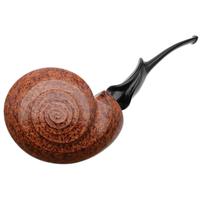
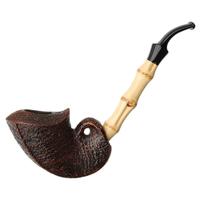
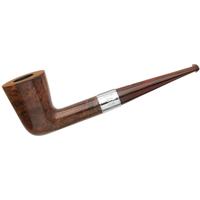
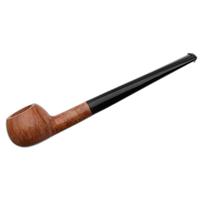
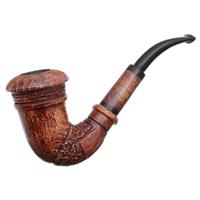



 :
: